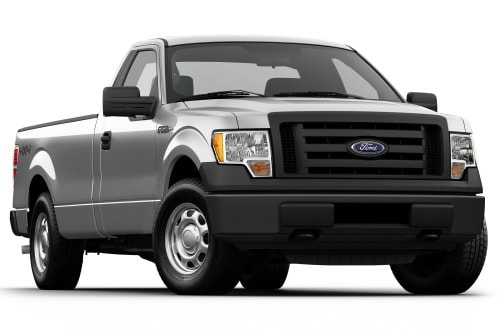Recent research reports from UBS analysts suggested that Hewlett-Packard Co. (HPQ) should separate their business. The splitting of the company’s consumer and enterprise businesses could potentially raise the company’s value.
Creating powerful computer systems along with printers to suit the needs of an enterprise compared to simple computers for day-to-day use by the average consumer is different. The mix of these two businesses can cause unwanted misconceptions of HP’s brand. The separation of HP’s businesses can allow focus and re-branding of its products aimed at different markets. If HP were to separate its business division from its consumer division, HP can reposition and focus its separate brands towards specific markets to better compete against its competitors. Potentially, this could raise sales and improve their brand image.
Although separation can bring about a strong brand, will it be beneficial in the long run? In the current economy, many companies are cutting costs to keep up with profits. By splitting into two entities, HP will incur further costs in production and staffing. Furthermore, splitting may not necessarily increase HP’s branding power as it has established itself as a strong force in the computer and printers market regardless of the targeted audience.



